Do you know some of the common betta fish diseases? How to prevent them?
Well, for the 4th part of my betta series, I’m going to share with you the different type of betta diseases and how you can protect your betta fish from having them.
Table of Contents
Betta Fish Diseases
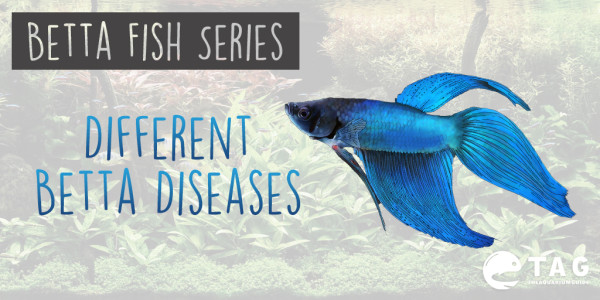
When you want to care for extraordinary fish such as the Betta in your tank, you have to be ready for anything.
In general, fish with special coloring or long fins are more sensitive to diseases.
Betta fish are attractive in any tank, but also contract illnesses easily.
Luckily, only a few diseases can be contagious to humans, but you still have to detect and treat the most common conditions.
These are the most common conditions for Bettas and how to deal with them properly:
Fin Rot
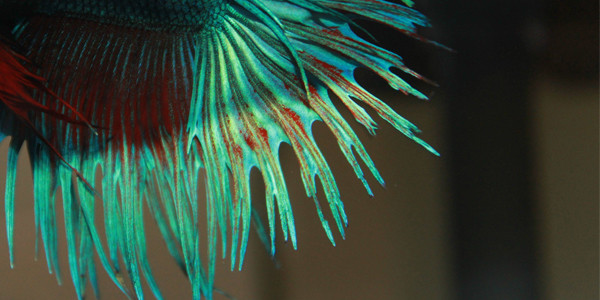
As you already know, certain type of betta fish have long fins, especially the males, a reason for their popularity; however, their fin makes them more susceptible to injuries.
It is common in tanks holding both aggressive fish and Bettas since the other fish tend to bite the Betta’s fins.
If the fins are damaged, they can become infected and fin rot occurs.
Another cause of fin rot is improper cleaning of the tank.
You can detect this disease easily because the fins and the tail of the fish will change color and will have missing pieces.
Contagious to other fish
You must be cautious if this occurs since this disease is contagious to other fish.
To treat it, start by removing the injured or diseased fish to a separate tank from the healthy fish.
Bacterial solutions are used for treatment as well as aquarium salt for easier cases.
Most of the time, the fins will grow back if they were not severely damaged.
ICK
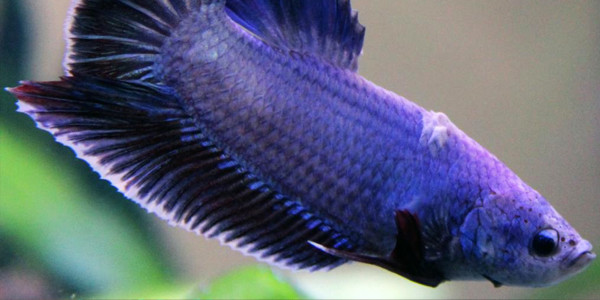
ICK, or the white spot, is a parasite that can effect any fish in your tank including your betta.
It is detected by noticing white spots all over the body of your betta.
Most of the time you will also notice a decrease in appetite and energy levels, as well as the tendency to scratch its body on decorations or plants.
Even though the parasite is dangerous, it is easy to cure.
As in all cases of injured fish, it needs to be separated from the others first.
Raise the temperature in the tank the fish has been moved into to 86 degrees Fahrenheit (30 C), but no higher or the fish will boil, and then add aquarium salt and medication.
The fish should be completely healed in a matter of days.
Popeye
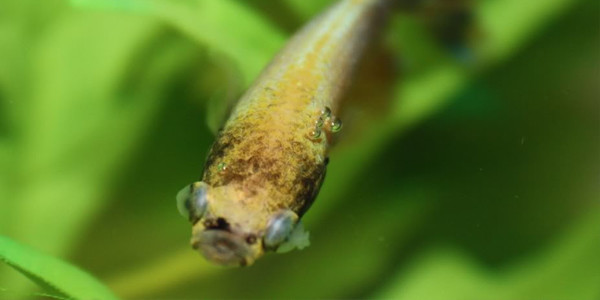
If your tank is not cleaned properly and the water does not have the right parameters, your betta can develop Popeye disease or exophthalmia.
Popeye disease causes swelling of one or both eyes, causing them to appear as if they will “pop out” and the outer surface of the eye may be cloudy or white.
To heal, change the water in the tank and add Indian almond leaves.
There are special medications to treat the different areas of the eye that may be damaged.
Additionally, moving your betta to a separate tank and treated with Epsom salt.
Be cautious for other issues or diseases in fish with Popeye because a fish may often carry more than one disease.
Tuberculosis
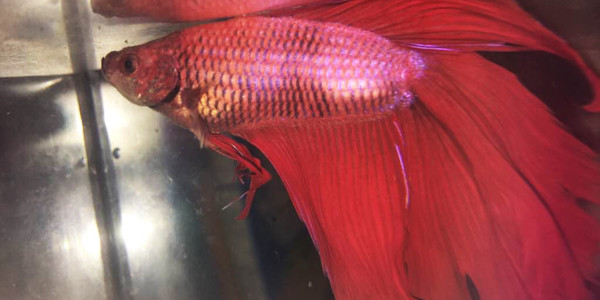
Many people do not even know Betta fish can develop this disease and even when it is detected, it cannot be treated or cured.
Moreover, this is the only disease contagious to humans, so you should avoid putting your hand in the water if you have an open wound.
The disease appears when your betta ingest contaminated food or dead fish that were contaminated with the disease.
The signs can be confusing and include loss of appetite and lethargy, even if fed regularly.
Once the fish contracts the disease, they will die after a few months.
Bacterial Infections
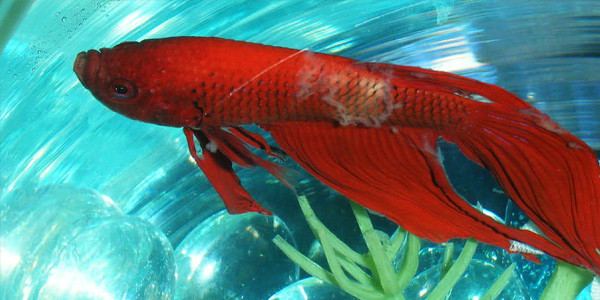
Bacterial infections are very common in tanks in which there is too much ammonia in the water.
The first thing to do is test the water to ensure the ammonia levels are within the right parameters.
Since the disease is contagious to other fish, you have to separate your sick betta and treat them in a separate tank.
Betta who are sick will lose their appetite, spend a long time on the bottom of the tank, and lose their color.
The treatment for bacterial infections is simple: perform a complete water change and remove any leftover food particles.
Use an approved antibacterial solution in the tank and apply special solutions on the body of the fish.
After a few days, your betta should be healthy again!
Prevention
When it comes to betta, it is always better to prevent a disease instead of struggling to treat it.
Most betta have simple requirements and will never get sick as long as you make sure that the water is always clean and you avoid introducing live food from unknown sources.
A good filter and test kit is necessary to have a luxurious tank with healthy, active betta.

1 thought on “Betta Fish Series – Different Betta Diseases”
The first picture is a crowntail betta. Not Finrot.
The secound Isn’t Ick. Ick is small like grains of salt.
Third, I’ve lost all hope of any facts in this guide after looking at the pictures. Please do more research.